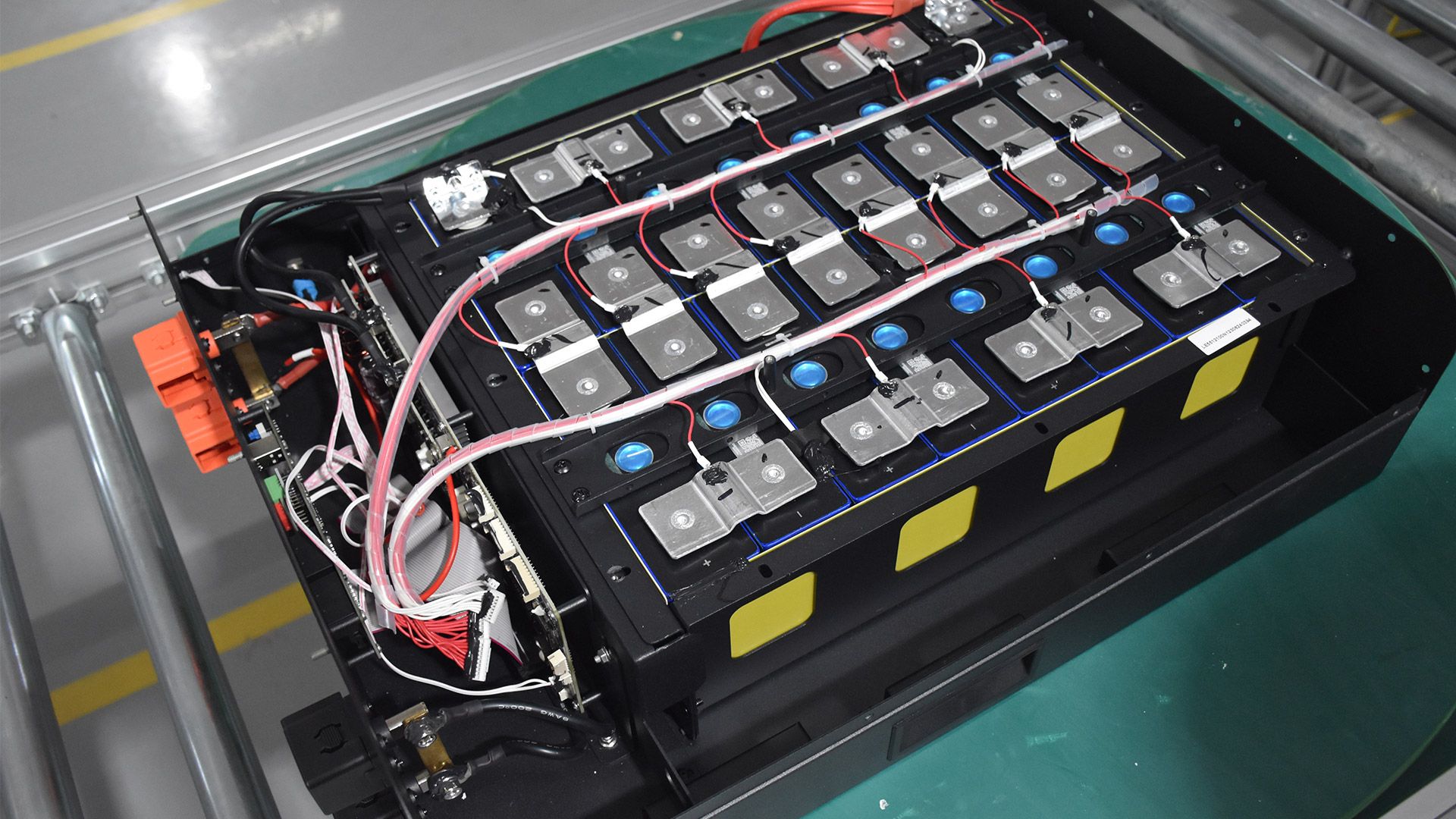In this article, we will explore the intricate process of reconditioning lithium-ion batteries, providing a comprehensive guide for maximizing their lifespan and restoring their performance. Reconditioning is a meticulous and specialized procedure that can revive weakened batteries, allowing them to regain their efficiency and capacity. By understanding the principles and techniques involved, users can extend the life of their lithium-ion batteries and minimize environmental impact.
1.Understanding Lithium-Ion Batteries:
Before delving into the reconditioning process, it is essential to grasp the fundamentals of lithium-ion batteries. These rechargeable power sources consist of a positive electrode (cathode), a negative electrode (anode), and an electrolyte solution. Over time, factors such as aging, temperature, and charging habits can lead to capacity loss and decreased performance. Reconditioning aims to reverse these effects and optimize battery function.
2.Battery Evaluation:
The first step in reconditioning lithium-ion batteries is to assess their current condition. This involves measuring the battery's voltage, capacity, and internal resistance. Various tools and equipment, such as multimeters and battery analyzers, can aid in this evaluation. By understanding the battery's baseline performance, users can determine the extent of reconditioning required.
3.Discharge and Rest:
To begin the reconditioning process, it is crucial to discharge the battery fully. This can be done by connecting a resistive load to the battery terminals or using a specialized discharge device. Once the battery is discharged, allow it to rest for a period of time, typically a few hours to a day. This rest period helps balance the cell voltages and prepares the battery for the next steps.
4.Conditioning Charge:
After the rest period, initiate a conditioning charge. This involves charging the battery at a controlled current and voltage, typically below its maximum capacity. The conditioning charge helps redistribute and activate the lithium ions within the battery cells, promoting better performance. It is important to monitor the charging process closely and avoid overcharging, as this can lead to safety risks.

5.Discharge and Repeat:
Once the conditioning charge is complete, discharge the battery again. This discharge cycle helps stabilize the battery's voltage and capacity. Repeat the conditioning charge and discharge process multiple times. The number of cycles required will depend on the battery's initial condition and the desired level of reconditioning. It is advisable to follow manufacturer guidelines or consult professionals for specific battery models.
6.Full Recharge:
After several conditioning charge and discharge cycles, perform a full recharge of the battery. This final charging process ensures that the battery reaches its maximum capacity and allows the lithium ions to become fully active. Monitor the charging process carefully and avoid prolonged charging beyond the recommended levels. Overcharging can cause damage to the battery and compromise its safety.
7.Post-Reconditioning Evaluation:
Once the battery is fully recharged, evaluate its performance using the same tests conducted during the initial battery assessment. Measure the voltage, capacity, and internal resistance to determine the effectiveness of the reconditioning process. Compare the results with the baseline measurements to assess the improvements achieved.
8.Maintenance and Best Practices:
To prolong the benefits of reconditioning, it is essential to adopt proper battery maintenance practices. This includes avoiding extreme temperatures, not overcharging or deep-discharging the battery, and using compatible chargers. Regularly monitoring the battery's performance and conducting maintenance cycles can help prevent capacity loss and optimize battery lifespan.
Conclusion:
Reconditioning lithium-ion batteries is a meticulous and specialized process that can extend their lifespan and restore their performance. By understanding the principles and techniques involved, users can maximize the potential of their batteries, reduce waste, and minimize environmental impact. It is important to approach reconditioning with caution and adhere to manufacturer guidelines and safety precautions. With proper reconditioning and maintenance, lithium-ion batteries can continue to serve as reliable and efficient power sources for various applications.
